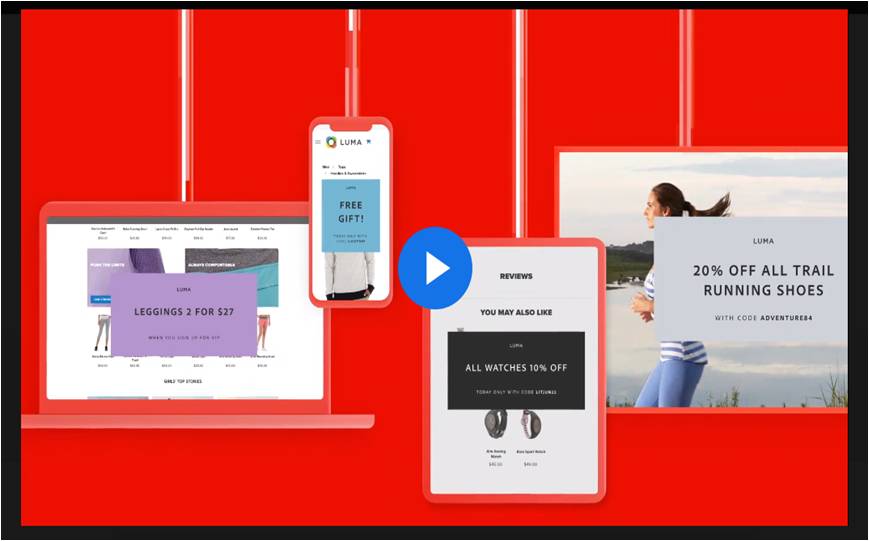Ecommerce website options
The complexity of how you do business online
will determine the level of technology required.
This may seem obvious but your ecommerce
website needs to fit in with your budget.
Overspend and the business will fail fast.
will determine the level of technology required.
This may seem obvious but your ecommerce
website needs to fit in with your budget.
Overspend and the business will fail fast.
The benefit of current opportunities is that there are many "pre-developed" ecommerce applications on the market.
They still require some technical know-how to implement. But the cost is comparatively low and manageable.
We, like most web designers, integrate these into our websites.
They still require some technical know-how to implement. But the cost is comparatively low and manageable.
We, like most web designers, integrate these into our websites.
Key factors of ecommerce customised design
|
The technological issues we address for customising a design come down to the practical aspects needed to serve your customers:
|
Consider the possibilities for online sales, cross selling
and up selling in this one image alone. |
These are the critical features of what we look at before we would move forward with a customised design.
Generally the business size would have sales/revenues over 500K. (GBP; USD; Euro)
However some businesses, such as travel, have packaged product offerings
which require customising databases for all the available options.
Generally the business size would have sales/revenues over 500K. (GBP; USD; Euro)
However some businesses, such as travel, have packaged product offerings
which require customising databases for all the available options.
Common applications used
Using a standardised ecommerce product allows a business to develop. Most products are based on features and functionality which is standard for the level of business use. Each has pros and cons and so the adoption of any as a main product would be scrutinised.
We will use smaller packs as a good way to introduce a business to ecommerce or to perform some evaluation testing prior to a larger implementation.
We will use smaller packs as a good way to introduce a business to ecommerce or to perform some evaluation testing prior to a larger implementation.
We can work with any of the above.
Though we do recommend those which we feel offer
the best all-round value for your specific business needs.
Though we do recommend those which we feel offer
the best all-round value for your specific business needs.
A little more on Adobe Commerce
|
Adobe Commerce (formerly Magento) developed as an open source product (i.e. one accepts add-ons from 3rd party approved developers) which mirrors many of the features you would expect if you had developed your own e-commerce solution.
It was essentially a developer's tool and ongoing maintenance requires technical know-how. The small business version originally installed on a DIY basis is now replaced by Adobe. Or you can use alternatives such as Shopify or Big Commerce. Magento's additional benefits are/were that it can be used as a full retail system combining payments through the till and online. (That is: "physical" and "digital".) Squarespace also offers a payment solution. Your business model should evaluate which option allows you to optimize an e-commerce solution You are looking here at an enterprise edition which is customisable to fit your business requirements. |
Adobe's overview of their digital platform - link to the video.
|
|
On February 11, 2022, Adobe identified the intent to offer its Adobe ecommerce as a "Software as a Service" (SAAS) option under the "Adobe Experience Cloud". So this will be the option for new clients.
Existing Magento users will - or can be - taken care of by the Magento Open Source community. |
next step


